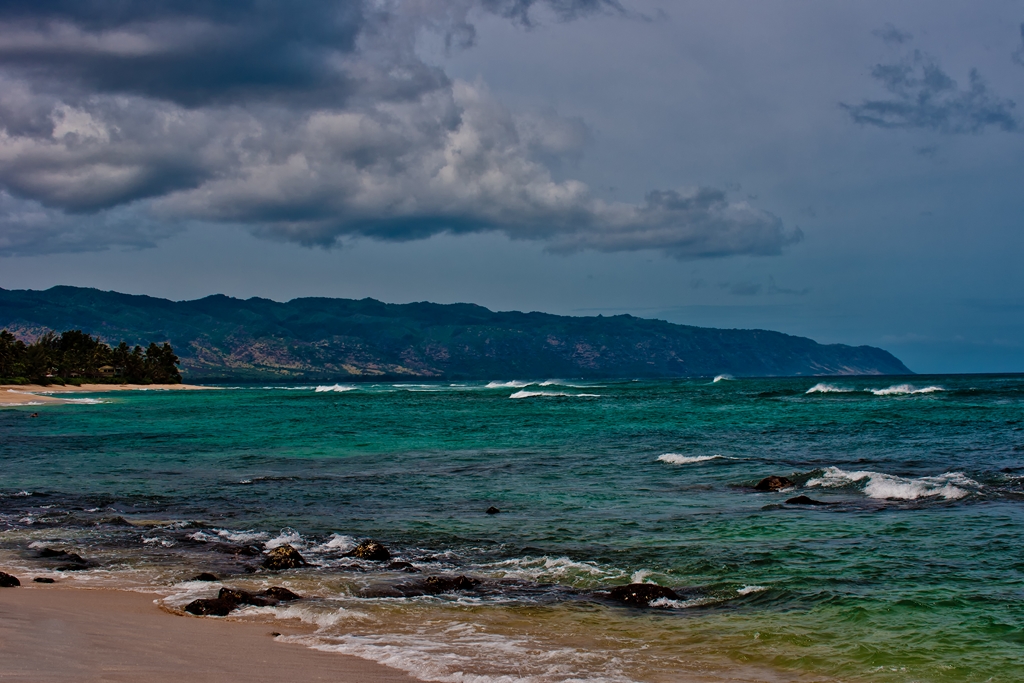On August 8, 2023, relentless wildfires swept through Lahaina, Maui, a Hawaiian town steeped in over a millennium of rich history. The fires claimed the lives of approximately 115 individuals, while 66 others remain unaccounted for. Thousands have been displaced, seeking refuge in shelters and the homes of those willing to offer assistance.
Amidst this catastrophic chaos, millions across the globe watched the flames unfold on their screens. Beyond the horror of the events, many also had to reconsider their plans for a Hawaiian vacation. But the ongoing debate concerning Hawaii’s tourism industry began long before the fires of Lahaina.
To truly comprehend the controversy surrounding travel to Hawaii, it is essential to understand the impact of tourism on these islands. Hawaii has long been a sought-after vacation destination, with Japanese tourists particularly drawn to its appeal. Consequently, tourism has emerged as a significant industry in the state’s economy.
According to Hawaii’s Department of Business, Economic Development, and Tourism, approximately 3 million tourists visit Maui annually, contributing nearly 5.4 billion dollars to the state’s economy.
Nevertheless, Native Hawaiians have been voicing their discontent with the Hawaiian tourism industry since the 1990s, sharing concerns about their islands’ environment and sacred lands. Many locals argue that the millions of tourists visiting the state often engage in cultural appropriation, using or wearing sacred elements of Hawaiian culture, such as leis, without understanding their profound cultural significance.
Others argue that tourists threaten the breathtaking natural beauty that blankets the islands, as tourism has led to increased littering, overcrowding, and overall damage to Hawaii’s delicate ecosystems.
While Maui’s economy is undeniably reliant on tourism, hosting a significant 31% of Hawaii’s total tourists, moments of disaster, like the fires witnessed just last month, lead residents to beg travelers to stay away.
A Lahaina resident, Courtney Lazo, expressed her frustration, stating, “You have tourists taking pictures of the destruction in Lahaina while there are still bodies there. They’re snorkeling off the waters while they’re pulling people out of the water. It’s just extremely frustrating, and it feels like a slap in the face.”
When asked about the status of tourists in Maui, Governor of Hawaii, Josh Green, issued a plea for visitors to avoid Western Maui, where Lahaina is located, to allow the town and its residents the space and resources needed for a proper recovery. However, he emphasized that the rest of the island remains open and eager to welcome visitors, as their presence is vital to the state’s economic revitalization.
The tragic events that unfolded in Lahaina, Maui, have shined a spotlight on the long-standing debate surrounding Hawaii’s tourism industry. Locals and visitors alike still search for a balance to be achieved that protects Hawaii’s natural beauty, rich cultural heritage, and the well-being of its residents while allowing tourism to continue to flourish in the Hawaiian islands, stimulating the economy and supporting the state.


